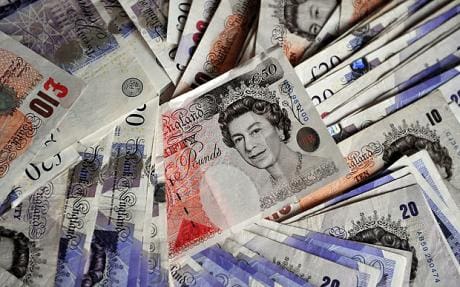The consumer prices index fell from 3 per cent in April to 2.8 per cent in May, the lowest level since November 2009 and the first time it has dipped below 3 per cent in two-and-a-half years, confounding forecasts that it would remain unchanged. The retail prices index, often used in wage negotiations, also dipped steeply from 3.5 per cent to 3.1 per cent, according to the Office for National Statistics, its lowest reading since December 2009.
The Telegraph reports that economists said the drop in inflation gave the Bank room to restart quantitative easing (QE) in July, as the Governor hinted was on the cards when he said last week that “the case for a further monetary easing is growing”. Minutes to this month’s rate-setting meeting, out today, are expected to show growing support among policymakers for more QE.
Philip Shaw, UK economist at Investec, said: “With inflation coming down sharply over the past couple of months, the economic data disappointing and global uncertainties rising, there doesn’t appear to be much cause to hold back.”
Should the Bank restart QE, it would be the third time the programme has been used and would build on the £325bn already completed. Critics have warned of QE’s “diminishing returns” but, in a study published today, the Bank argued that at least part of QE’s impact on reducing Govenrment borrowing costs was operating as effectively as ever.
“The local supply channel may explain around half of the impact of QE on gilt yields,” the Bank said in its Quarterly Bulletin. “The strength of this particular channel does not appear to have changed significantly since early 2009.”
The sharp fall in inflation, which peaked in September at 5.2 per cent, is also taking pressure of cash-strapped households. Government figures last week showed that average take-home pay fell by 3.1 per cent in the year to April 2011, the sharpest fall since 1981, leaving families no better-off than in 2005.
Yesterday’s figures promised some respite with price rises for food, clothes and petrol all slowing and – in the case of fruit, vegetables and garments – actually falling. A 25 per cent decline in oil prices since the start of the year is expected to lead to further falls in inflation. However, core inflation – which strips out volatile commodity prices – rose from 2.1 per cent to 2.2 per cent.


